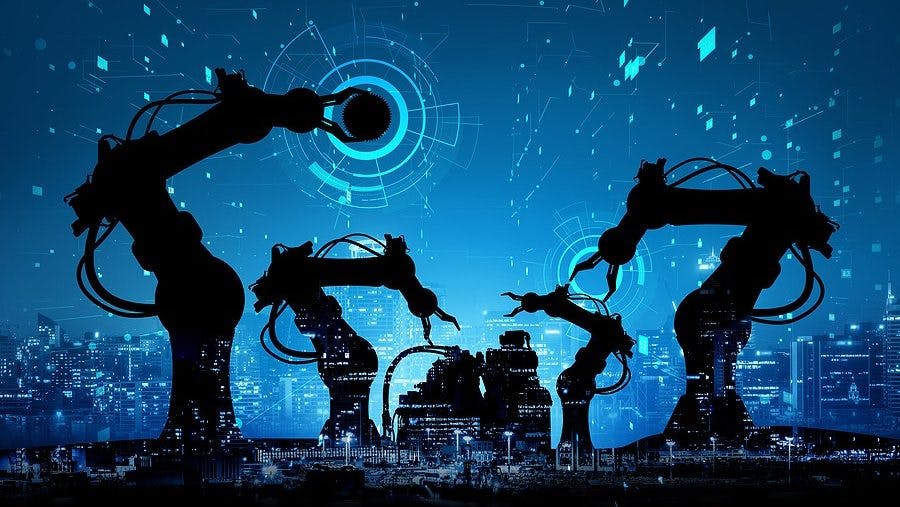A recent study from Harvard Business Review, in partnership with tech provider Paradox, shows that 97% of companies that have implemented automation are improving hiring processes and bringing people into the organization more effectively. Yet at the same time, overall automation adoption continues to lag.
Continual Challenges
The report indicates that 37% of organizations have not adopted any automation in their talent acquisition processes. In perhaps starker and more practical terms, in a room of 100 recruiters, 37 of them are practicing talent acquisition like they never left the early 2000s.
The HBR survey identified a number of reasons for that lack of adoption: increasing costs, recruitment leadership not having the mindset to integrate recruiting automation, difficulty in making the business case for tech, uncertainty about what the best solutions for talent acquisition automation actually are, and HR leadership not considering recruiting automation a priority.
Sound familiar?
Still, there is some good news and hope for improving talent acquisition. More than half of the organizations surveyed said that they had started their automation journey by automating at least a couple steps of their talent acquisition process. And 11% are on the leading edge, with much of their recruiting process being automated.
It’s also important to acknowledge that some organizations are understandably cautious about where and how to automate, including parts of the hiring process that need critical thinking or decision-making. Using AI for automating processes, like scheduling a candidate for an interview, is different from using AI for ranking candidates and other decisions that impact employment. My view is that there is an upper limit of automating hiring that falls well short of 100%. That doesn’t mean there aren’t smart and ethical ways of improving the speed and efficiency of hiring.
Recognizing Opportunity
Interestingly enough, regardless of whether a company adopted automation in their recruiting practices, 91% believe that optimizing hiring processes with automation and AI is necessary for long-term business success. What’s more, 92% of respondents said their organization needs to invest more into talent acquisition to remain competitive.
“Leaders have recognized the competitive nature of attracting and hiring the best talent,” said Brian Delle Donne in the report. Donne, president of Talent Tech Labs, a New York City-based independent research and advisory firm focused on talent technology, adds: “By taking a closer look at their priorities, their processes, and their technologies, this focused attention is making a difference in their hiring outcomes. For some companies, getting this properly balanced has been a challenge, but it’s far from impossible — it is, in fact, a necessity.”
It’s definitely not impossible. Take U.S. Xpress, one of the largest trucking companies in the country, which is cited in the HBR report as an early adopter of AI and automation within its hiring processes. AI tech has helped the business engage candidates, help people apply, schedule interviews, and communicate with applicants 24/7 via text message. As a result, U.S. Xpress was able to dramatically increase candidate conversion and reduce time-to-schedule interviews..
Accelerating Automation
HBR researchers identified key ways that organizations could start their automation journey or accelerate it to meet their needs.
- Listen first. Ask top recruiters and hiring managers what they need to improve processes and technology.
- Use data. Gain visibility into data to inform a recruiting strategy and put that data into the hands of managers.
- Consider organizational readiness for change. An organization needs to be in a place where it is ready to embrace change; without good change management, potentially good software won’t get used.
- Examine separate TA solutions carefully. Executives should look at the TA process holistically; doing so allows for better-informed decisions that will lead to better user experiences with the technology.
- Seek the right tech partner. Organizations should seek a tech partner that is focused on building great solutions now and in the future, and they should consider the provider’s ability to adapt and respond to business challenges.
- Champion the ROI. Recruiting practitioners need to make the business case for TA technology to the C-suite, such as outlining a lower cost per hire or better quality hires.
- Identify an owner of the new tech. Companies will need someone to own the new tech: provide feedback, make adjustments, champion adoption, and co-design the change process for their organization.
(Additionally, there is an important line between automation — whether it’s using AI or not — and leveraging AI to make employment decisions. There are important legal and ethical distinctions between AI for automation and AI for decision-making.)
Ultimately, whether you’re getting started, accelerating, or fine-tuning your organization’s use of AI and automation in hiring, it’s critical to think about solving the right problems — not just implementing AI for its own sake.
